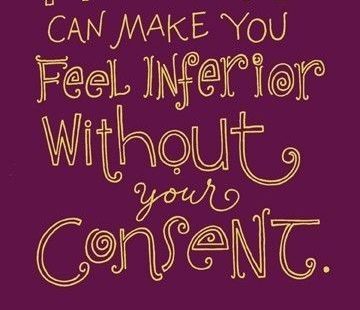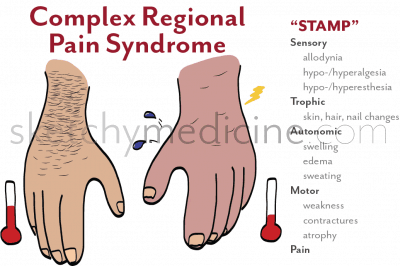
Whether you want to start a graphic design business or put a little “oomph” into the business you have, you can’t miss this job description!
Here, a self-employed Vancouver-based graphic designer offers salary and career tips for aspiring designers.
“The general public has a surprisingly low awareness of what communication designers do, exactly,” says Kathy Sigstad, who created Stringbean Design. “Everything in the natural world grows perfectly all on its own, but everything in the human world is shaped by the human mind and hand.”
Sigstad has been self-employed full-time for five years. Here, she describes what a graphic designer (or communication designer) does, and describes the pros and cons of being self-employed.
Freelance Graphic Designer Job Description
Sigstad designs marketing, communication and education materials for clients in industries such as public safety, post-secondary education, health research, retail stationery, and the non-profit sector.
“My preferred medium is print,” she says. “However, I’ve designed everything from Power Point presentations and websites, to business cards, brochures, catalogs, greeting cards, stationery, ads, signs, trade-show displays, and sales centres, in addition to identity development, brand consultation, and brand implementation.”
A graphic designer’s salary can range from $30,000 to more than $80,000 a year, depending on her specialty, market, networking skills, and location.
If you want a graphic design career, read Breaking into Graphic Design: Tips from the Pros on Finding the Right Position for You – it’s a popular book on Amazon.
Lovin’ the Creative Process
Sigstad is a creative thinker, and loves the creative process of design: brainstorming, creative and strategic problem solving, developing the creative direction and the final execution of graphics.
“I enjoy the sense of accomplishment at the end of the project,” she says. “Seeing an idea take form can be very fulfilling. I also enjoy the constant learning – new software, technologies, tools and techniques, industry standards, as well as sharing ideas/feedback with associates and friends.”
But, Owning a Small Business Has Its Downside
Because she’s self-employed, she is responsible for her own project management, bookkeeping, filing, invoicing, proposal writing, and pricing. “I also have to set aside a portion of my income for income tax and CPP,” she says. “And collect HST from my clients for the government. I am also responsible for my own private disability insurance, to protect me and my family if I’m ill or injured.”
She adds that every year there are slow times when her design projects are completed, and there are no e-mails, phone calls – no new work coming in for days. “I start worrying about not having a regular income and questioning my decision to run my own business – maybe it would be less stressful to just work somewhere and have a regular job! But then it always picks up again. After five years, I’ve started to recognize this cycle. I’m learning to take advantage of the slow times and do my spring cleaning, archive my files, take a trip, or just relax.”
Tips for Starting a Graphic Design Business
Get a post-secondary education. Sigstad says just about anyone can buy and learn design software, and push pixels around. “But, without a well-rounded post-secondary education with studies in the humanities and/or social sciences (history/design history, sociology, psychology, anthropology, literature, etc), then a vital contextual component could go unexplored.” she says. “A formal education allows designers to do more than just scratch the surface, or put a ‘pretty’ face on things. Meaningful graphic design can create new ways of seeing, define a culture, change the way we think, and shape our understanding of the world.”
Learn marketing and demographics. The types of clients who regularly hire graphic and creative designers tend to be in marketing, communications, or education. “Whether you’re helping your clients sell, inform or educate, an understanding of marketing/demographics is essential,” says Sigstad. “Communication designers need to put themselves in their clients’ shoes, but more importantly, we need to put ourselves in the minds of our client’s audience/market.” People who work in marketing and public relations have a similar perspective.
Know your audience. “Often graphic designers will invent a single ‘persona’ to tangibly represent the broad demographic of our target market,” she says. “We may even go so far as to use a picture from a magazine to flesh out a detailed character sketch. We’ll give them a name, a style of home, type of neighborhood the live in, a job title, a diploma or degree, kids and spouse, as well as their consumer habits, such as the type of car they drive, where they buy their clothes, where they shop for food or dine out, what hobbies they have, etc. This helps us to translate all that demographic data into a single tangible person, or “poster child” for that demographic, which allows to see beyond the data, allowing us to enter into their world, and see life from into their point of view.”
A similar job is working as a website designer.
If you have any thoughts or questions on this job description – or working as a graphic designer – please comment below…
For more information about Kathy Sigstad and her work, visit Stringbean Design.




